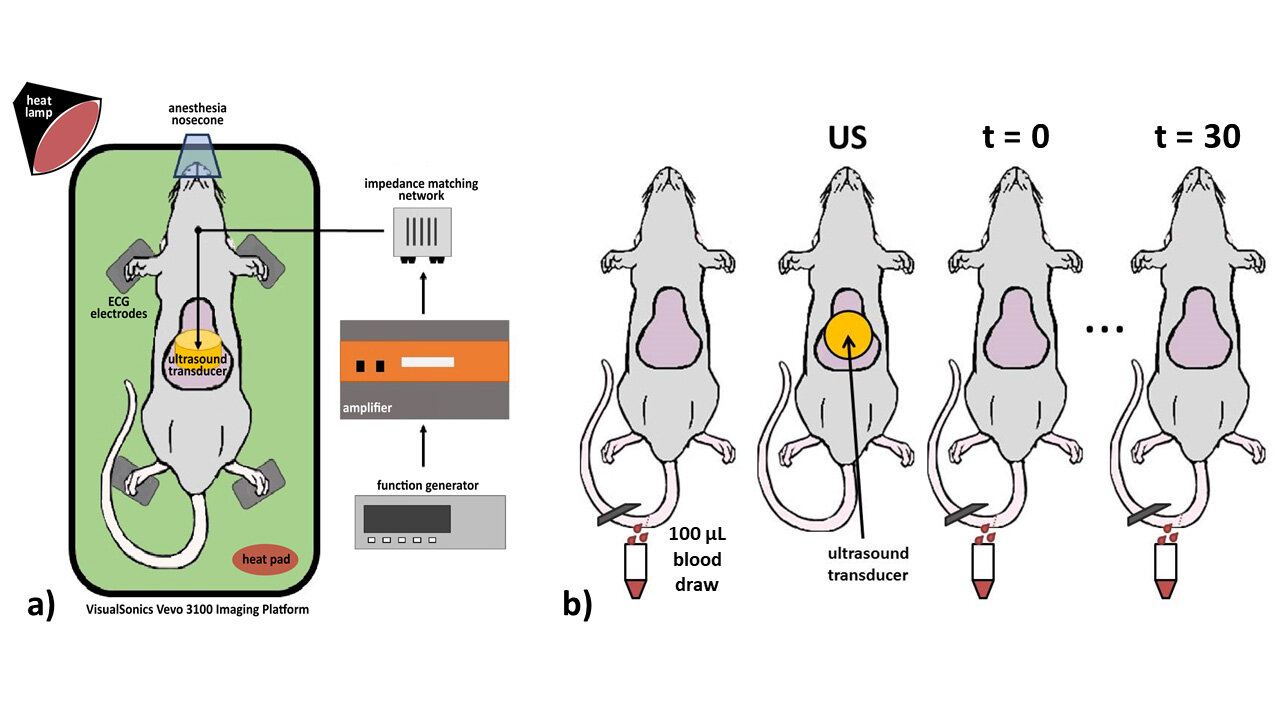Ultrasound used to treat diabetes
A recent study on mice concludes that targeted ultrasound could be an effective, noninvasive and drug-free way to increase insulin levels in people with type 2 diabetes.
A new study investigates the effectiveness of the treatment
A recent study on mice concludes that targeted ultrasound could be an effective, noninvasive and drug-free way to increase insulin levels in people with type 2 diabetes. The team presented the research at the 177th Meeting of the Acoustical Society of America, in Kentucky, USA.
Made in collaboration with our partners from esanum.it
The World Health Organization classifies type 2 diabetes as one of the most common causes of death in the world. Type 2 diabetes now affects more than 100 million adults in the United States and it was the seventh leading cause of death in the United States in 2015. Current treatments can help patients, but they can also be expensive and subject patients to life-long drug regimens and associated side effects.
Researchers at the George Washington University in Washington, D.C. are studying an innovative way of treating diabetes. They used ultrasound to stimulate the release of insulin from the beta cells of the pancreas in mice. They transmitted the ultrasound transcutaneously.
Ultrasound has been used as a diagnostic tool for decades. Recently, in many fields, they have been used as a treatment for certain conditions. For example, in urology, ultrasound is used to destroy kidney stones. Some researchers are studying whether ultrasound can become a treatment option for Parkinson's disease. Still, others are studying the use of so-called high-intensity focused ultrasound as a means of fighting prostate cancer.
Previous work has shown that ultrasound can encourage cultured beta cells to release insulin. In this study, the researchers wanted to understand if this is possible in a live animal. They exposed the mice to ultrasound for 5 minutes at a frequency of 1 megahertz. Researchers took blood samples immediately before and after the ultrasound (or control session). The mice have not suffered any damage to their skin or internal organs.
Copyright: The George Washington Univ., Washington, DC
As hoped, scientists found that ultrasound-treated mice had increased insulin production compared to control mice. They also found that there was no reduction in blood sugar. This result was unexpected and needs further investigation. Further investigation is also needed because, if the pancreas is stimulated to increase insulin production, there is a strong possibility that it may also increase other biological activities. This could have a number of effects. Scientists are eager to study this potential problem in more detail. Despite the encouraging results, research in this field is still in its infancy. This work is an important first step in endocrine tissue stimulation.
Source:
Singh T, Suarez Castellanos I, Bhowmick DC, Cohen J, Jeremic A, Zderic V. Therapeutic ultrasound-induced insulin release in vivo. The Journal of the Acoustical Society of America 145, 1894 (2019); https://doi.org/10.1121/1.5101865
